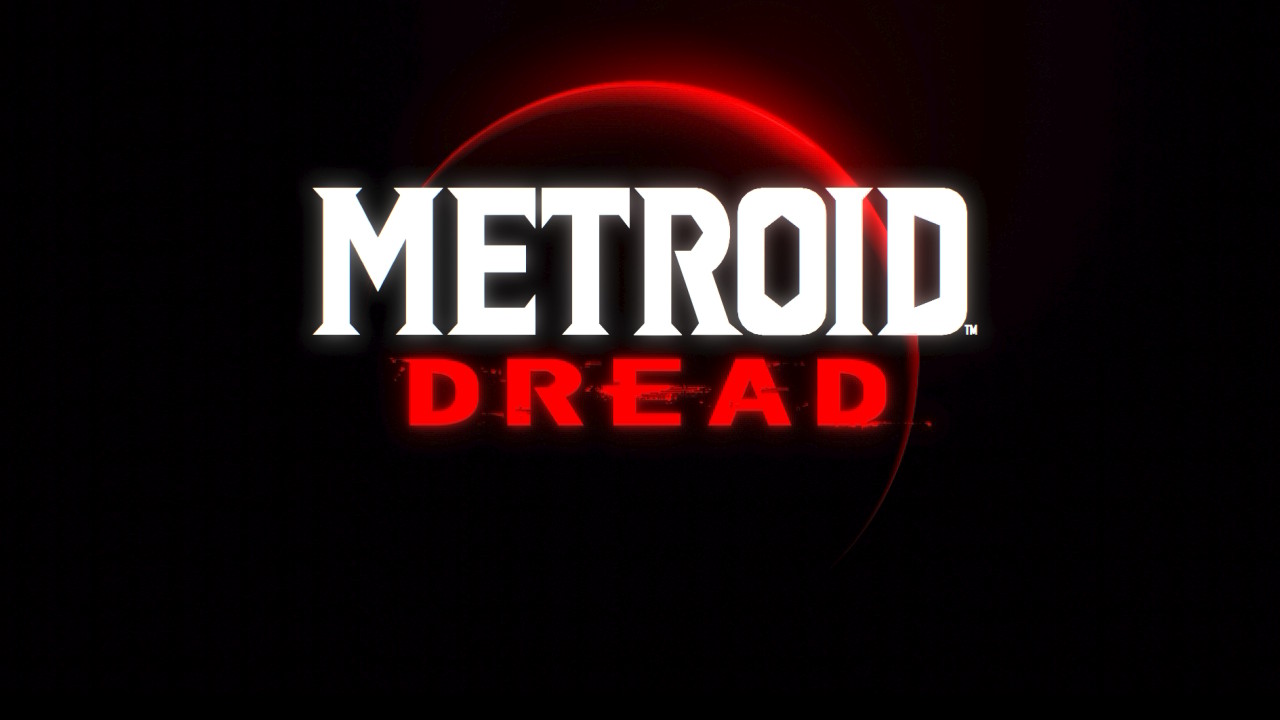Metroid Dread
Nintendo Switch
Developed By: MercurySteam, Nintendo
Published By: Nintendo
Category: Action, Adventure
Release Date: 10.8.21
Composer: Kenji Yamamoto, Soshi Abe, Sayako Doi
Among the Nintendo pantheon, Metroid has always seemed to me to have the smallest – but most dedicated – fanbase. I’ve only played a few of the games in the series myself – the original, Super Metroid, Fusion, and the first Prime are the only ones I’ve played start to finish. But I’m familiar enough with the concept that I know what the traditional Metroid formula looks like. I mean, it wouldn’t be hard to figure it out even if I hadn’t played any games in the series since it’s half the name of its genre, but whatever. Anyway, Metroid Dread is as classic a Metroid game as it is possible to make.
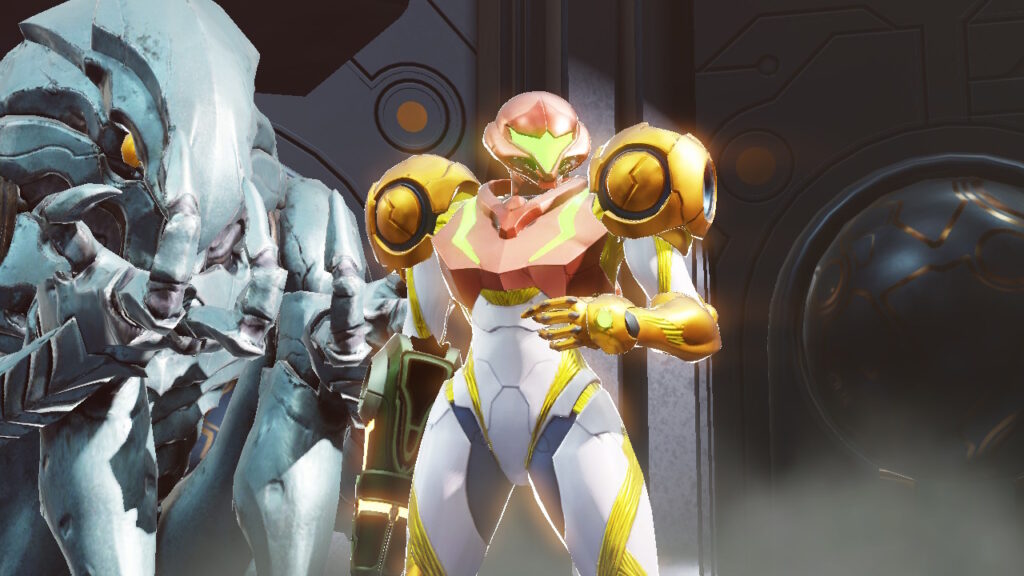
Don’t Dread the Return of Samus
Like every Metroid game preceding it, Dread doesn’t really have a heavy narrative focus. Galactic bounty hunter Samus Aran is sent to investigate a missing reconnaissance team on Planet ZDR. Upon arriving Samus is attacked and incapacitated by an armored foe. She wakes up with most of her abilities and weaponry missing because of COURSE she does, and must make her way through the mysterious underground bunker to find her way back to her ship. Along the way she discovers Planet ZDR’s secrets and maybe saves the galaxy again.
So the story is fairly straightforward – there are no branching storylines or anything – but very effective nonetheless. The story unfolds naturally and at a good pace – provided you aren’t dying a hundred times every boss fight like a certain reviewer. Metroid Dread tells its story through atmospheric clues, infrequent but well-constructed cutscenes, and the occasional concise infodump update at a save point. This is a game about action and exploration, and the story exists to encourage and reward those elements, which is precisely what it does.
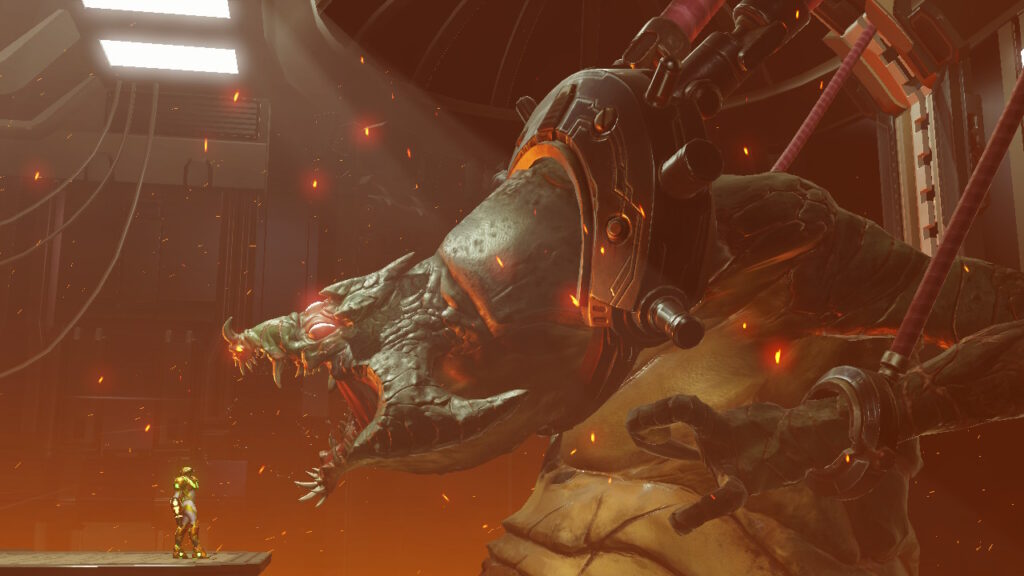
Exploding…
Metroid Dread is a metroidvania through and through. Combat is typical 2D platforming fare – you run around, jump, and fire Samus’s arm cannon at anything that moves. You can also switch over to shoot missiles, and eventually you can grab some upgrades for your arm cannon that let you charge it up, shoot triple bullets, use a grappling hook, and fire explosive plasma shots, among other things. You’ve got a melee attack that lets you counter enemy attacks as well, which is super useful against a lot of fast enemy types and even some bosses.
Overall, combat against regular enemies is fun and engaging the first time you’re in an area, but gets a little tedious every time you have to backtrack through a space. Boss fights are wonderful things to behold; they’re plenty challenging, but seldom offputtingly so. Many are designed to focus on a particular skill you may have recently acquired – although saying “Screw it” and unloading missiles by the dozen is always a decent strategy, too. Either way, they’re a fun challenge – even the ones that took me an embarrassingly large number of tries to finish off.
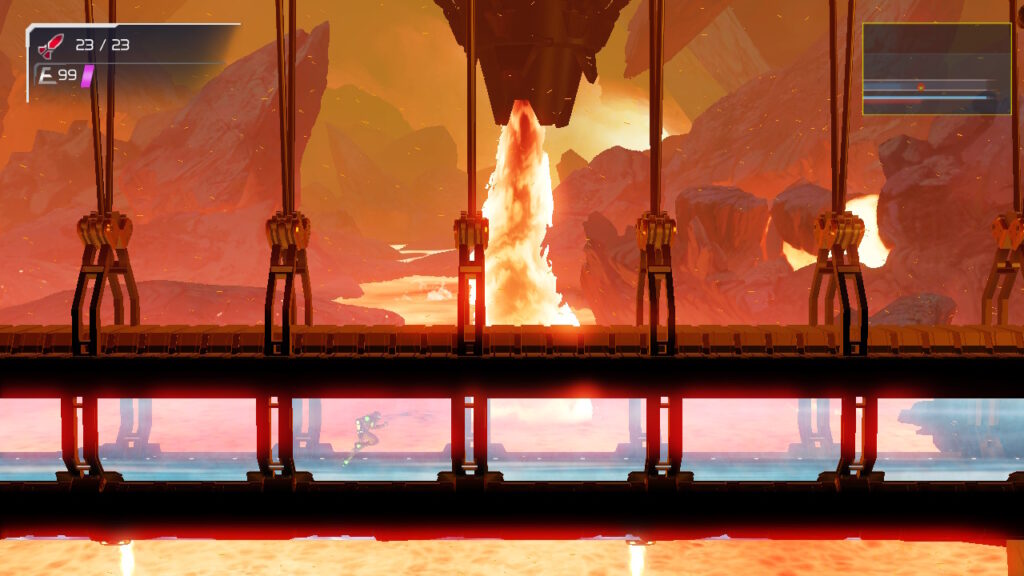
…And Exploring
Exploring Planet ZDR’s many areas is a lot like the combat – engaging and exciting the first time you travel through a new area, but less so the more you have to backtrack. Like any metroidvania, gaining new exploration abilities like Samus’s signature morph ball, the space jump, or the grappling hook allows you to return to previous areas and open previously blocked paths. Metroid Dread introduces a new element to exploration, terrifying robotic foes called EMMIs. EMMIs are restricted to their designated patrol areas, and are unbeatable until you get the temporary Omega Cannon upgrade hidden in their territory.
EMMIs are at first a terrifying and welcome addition to the gameplay formula. They add a lot of tension in the early goings of the game, but like a lot of the game’s elements, they become less fun and more tedious the stronger the EMMIs get. Running from them is a rewarding challenge in the game’s early areas, but as the EMMI’s get stronger they also get less challenging and more chagrining. As they gain the abilities to shoot debilitating projectiles that go through walls, see through walls, and track you a short distance even when you’re invisible (oh yeah, you get the ability to turn invisible for a short time), they become less of a fun new mechanic and feel more like a way to make you fail more. However, when you do finally take a tough one down, it’s a hell of a good feeling.
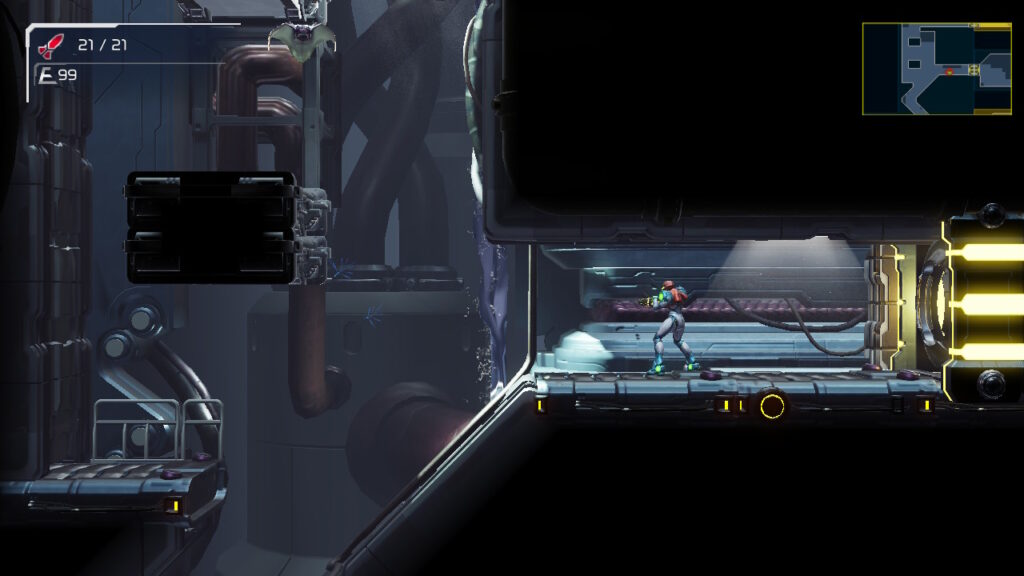
A Classic Metroid – For Good And Ill
Metroid Dread can be very difficult at times, but I don’t really have a problem with that. The challenges almost never cross the line between difficult and cheap, but there are quality of life elements found in other modern metroidvanias that I wish had been included. Personally, I’d prefer a health bar for boss fights, but that’s a minor personal quibble.
What I really, really missed from other modern metroidvanias are fast travel points. I spent at least half the game backtracking, and fast travel could have cut out a great deal of that tedium. Plus, there’s nothing more annoying than backtracking two areas to use a recently acquired ability to forge a new path, only to find that the new room requires another ability you don’t have yet. Some fans may consider it an essential part of the genre, but as for me, constant, lengthy backtracking is unwelcome and any steps taken to ameliorate it are very welcome indeed.
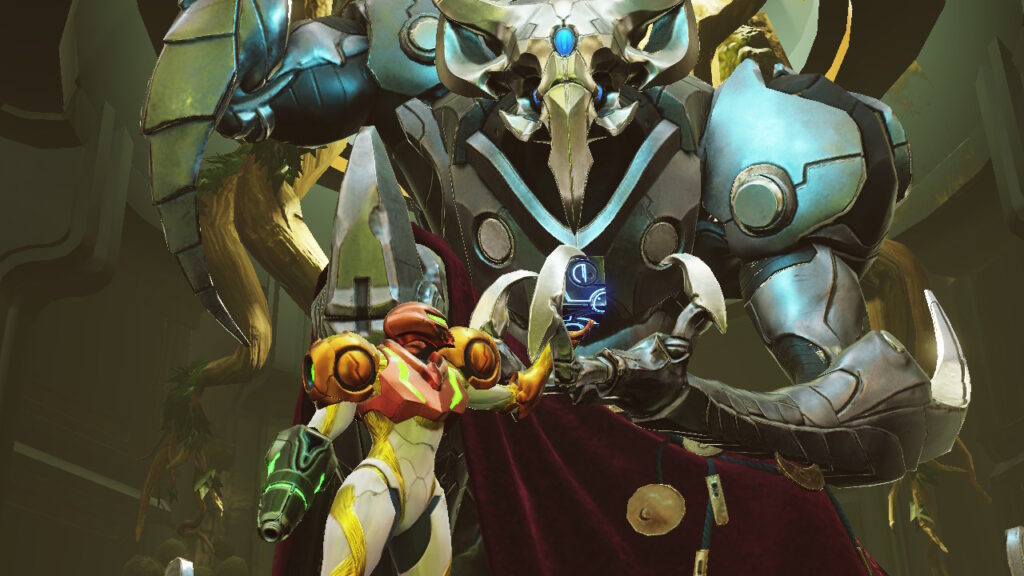
This Is What The Switch Can Do
God it’s refreshing to play a game on the Switch that looks like a modern game. A lot of Switch releases are ports, which is fine, but they almost always look noticeably worse than their console or PC counterparts. Metroid Dread, on the other hand, looks spectacular both docked or undocked. The game seamlessly transitions between full 3D graphics for cutscenes and 2.5D gameplay, and looks amazing the whole time. The music and sound design are of a high caliber as well. I’m convinced I struggled so much against some of the bosses because the frantic nature of the boss fight themes were so engrossing. Ditto the nerve-wracking sounds of the EMMI areas when the EMMI was active. When a soundtrack is so good it can physically affect your ability to play the game, that’s when you know you have a winner.
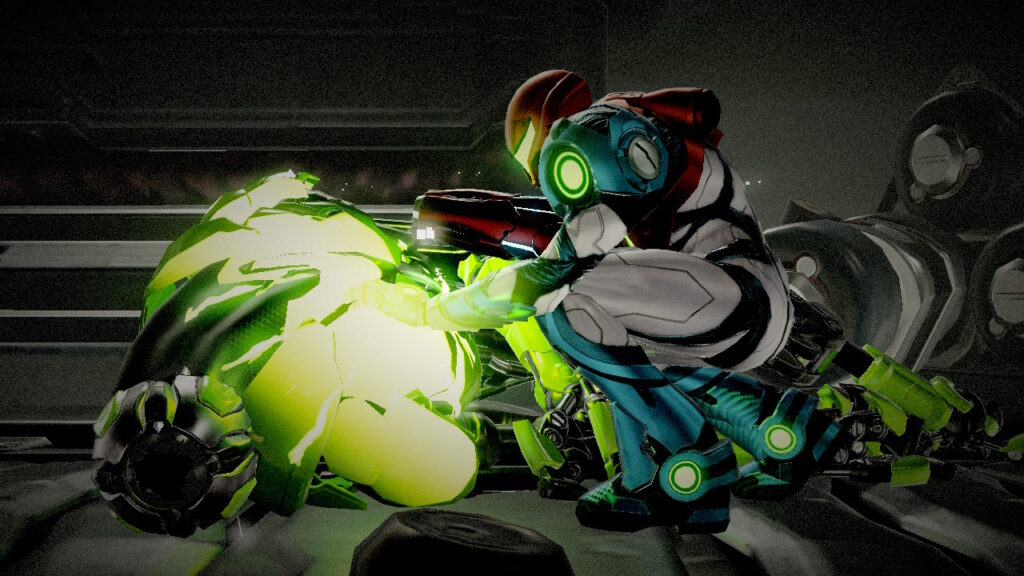
Metroid Is One To Get-roid
While I hate that the Switch only seems to be able to get this kind of quality out of first-party releases, Metroid Dread is well worth your time. Well, provided you like some challenge in your games instead of preferring a more narrative-focused experience. Picking it up will reward you with a challenging platformer with plenty of action and adventure that looks and sounds amazing. Most of my complaints about the game are minor ones that amount to a desire for some quality of life improvements. Metroid fans should be very pleased, and any Switch fan should want this in their library.





Buy Metroid Dread
Digital/Physical – $59.99
Follow Nintendo
Follow MercurySteam

The Switch Effect was graciously supplied a code for review purposes.
[Review] KONOSUBA – God’s Blessing on this Wonderful World! Love For These Clothes Of Desire! – Nintendo Switch

Developed By: MAGES. Inc. Published By: PQube Categories: Visual Novel…

